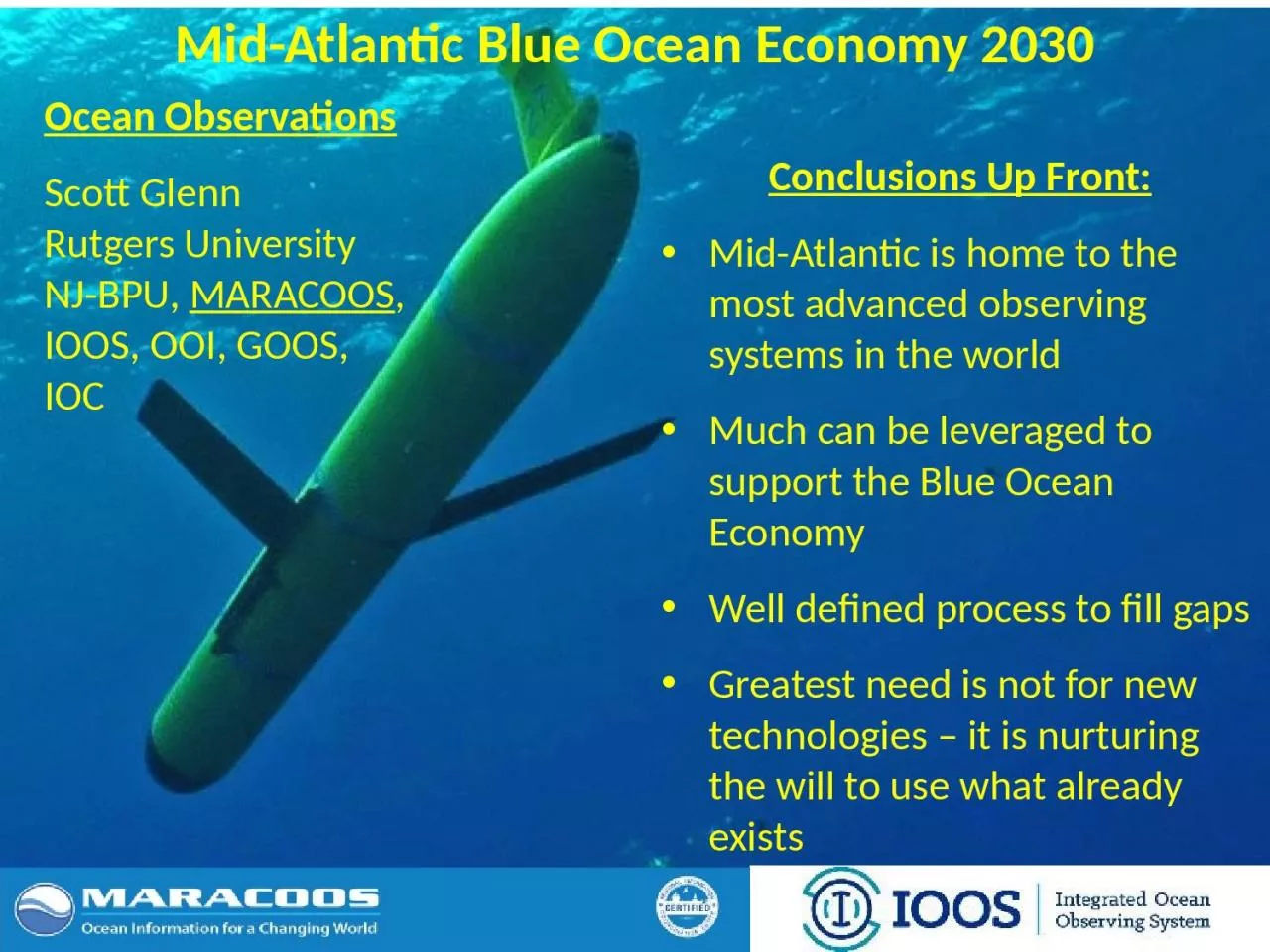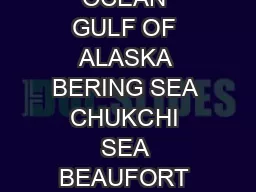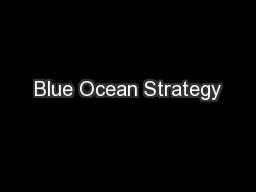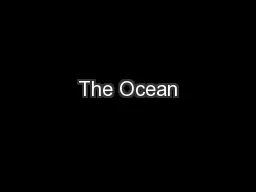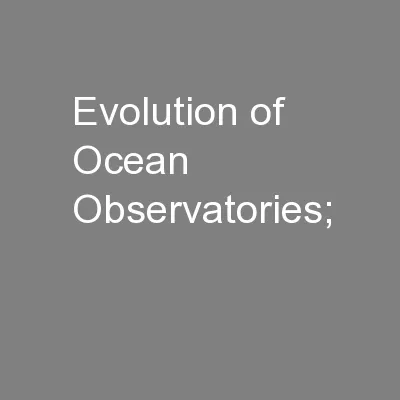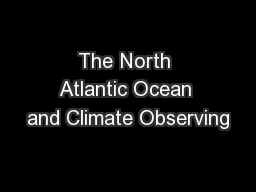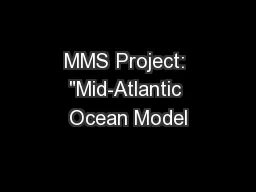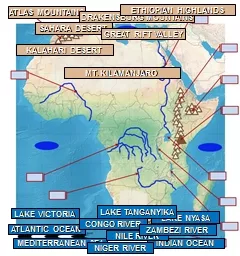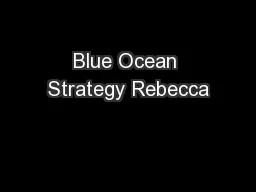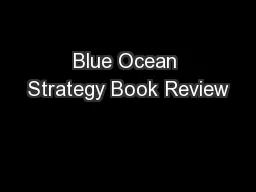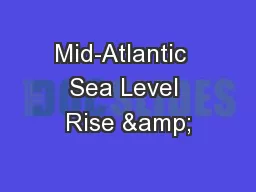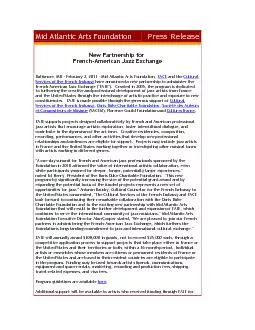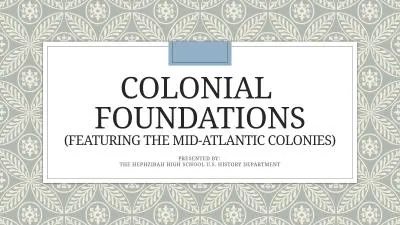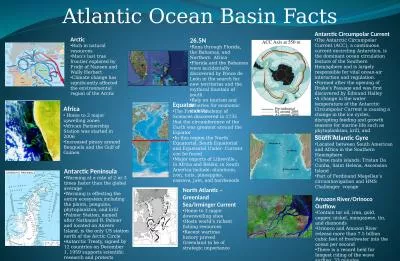PPT-Mid-Atlantic Blue Ocean Economy 2030
Author : byrne | Published Date : 2024-02-03
Conclusions Up Front MidAtlantic is home to the most advanced observing systems in the world Much can be leveraged to support the Blue Ocean Economy Well defined
Presentation Embed Code
Download Presentation
Download Presentation The PPT/PDF document "Mid-Atlantic Blue Ocean Economy 2030" is the property of its rightful owner. Permission is granted to download and print the materials on this website for personal, non-commercial use only, and to display it on your personal computer provided you do not modify the materials and that you retain all copyright notices contained in the materials. By downloading content from our website, you accept the terms of this agreement.
Mid-Atlantic Blue Ocean Economy 2030: Transcript
Download Rules Of Document
"Mid-Atlantic Blue Ocean Economy 2030"The content belongs to its owner. You may download and print it for personal use, without modification, and keep all copyright notices. By downloading, you agree to these terms.
Related Documents

